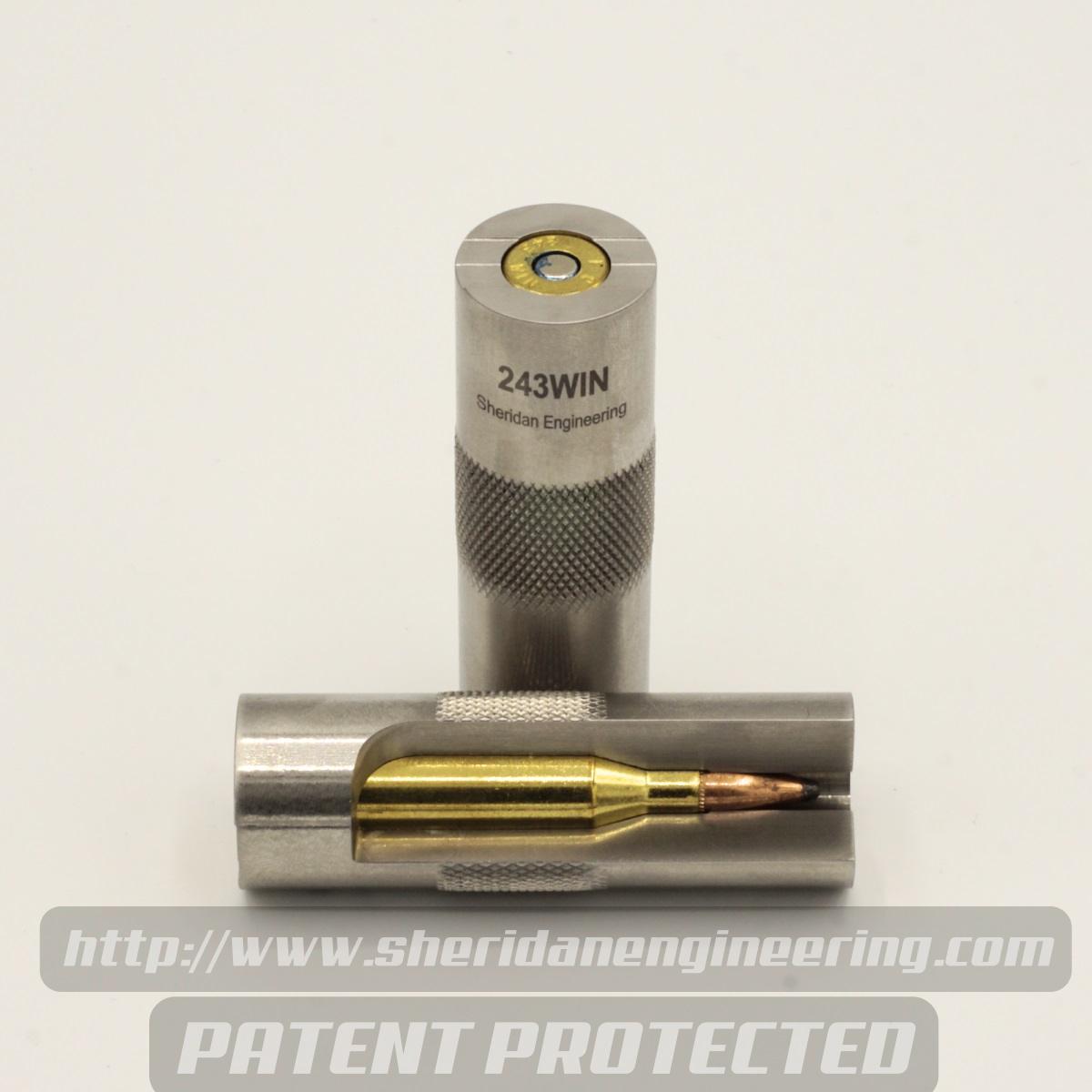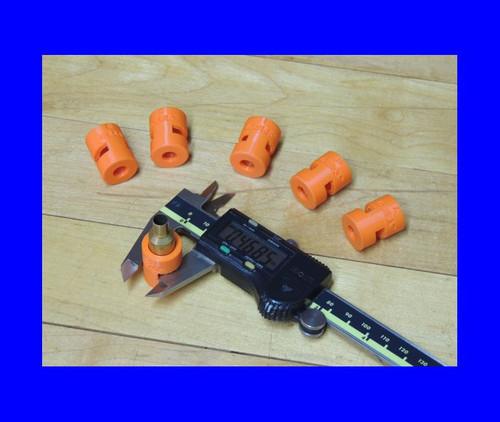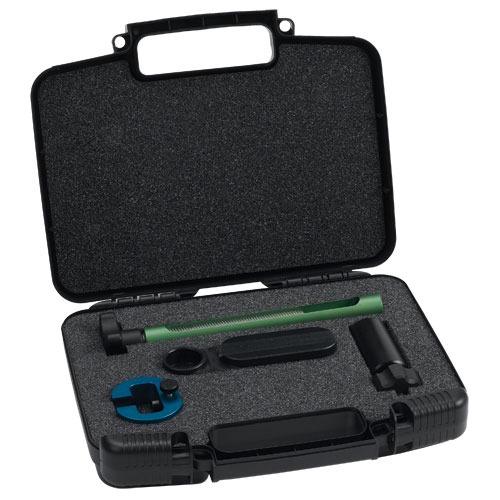megastink
Well-Known Member
I've run into a few issues using my LE Wilson case gauges. With my 243 and 6.5 Swede, the cases fit into the gauge, but the bolt is slightly heavy to close. I had used once fired brass that were used in each rifle and full length sized each one, then trimmed, so I was confused on the issue. I had relied exclusively on the Wilson to measure my shoulder bump. I'm not sure if the slight pressure required to close the bolt is an issue, but I digress.
I want to get it right the first time. I am starting to load for my 7 rem mag. I bought some new Norma brass, and this time, I chambered it in my rifle and the bolt closes as it should. Should I just prime and charge? Should I neck size? I cant imagine that a FL resize is warranted.
Any help on the the bolt close issue and/or advice on new brass prep is appreciated. Thank you!
I want to get it right the first time. I am starting to load for my 7 rem mag. I bought some new Norma brass, and this time, I chambered it in my rifle and the bolt closes as it should. Should I just prime and charge? Should I neck size? I cant imagine that a FL resize is warranted.
Any help on the the bolt close issue and/or advice on new brass prep is appreciated. Thank you!



